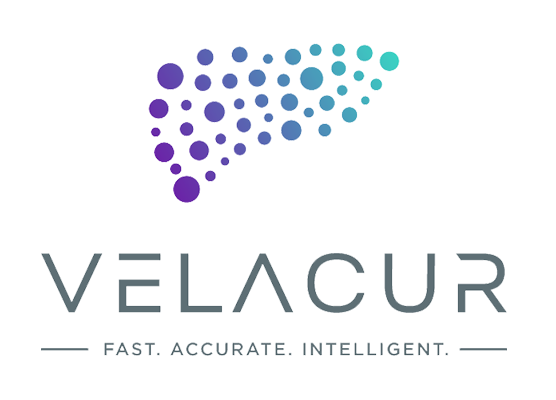One in five Canadians have nonalcoholic fatty liver disease (NAFLD), which can lead to liver cirrhosis and cancer. While there are no drugs on the market, NAFLD can often be reversed with lifestyle changes, such as diet and exercise. Sadly, given that there are often no initial symptoms, patients tend to go undiagnosed until they arrive in the emergency room presenting with cirrhosis.
Sonic Incytes is helping to diagnose liver disease early, so that patients can take necessary steps to manage this condition.
Based in Vancouver, BC, Sonic Incytes has introduced an innovative tool to the market called Velacur™, which aids in the clinical management of patients with liver disease.
Sonic Incytes’ proprietary technology was invented by University of British Columbia professors Tim Salcudean and Robert Rohling. Velacur™ uses an external activation board similar to MRI elastography to generate steady state shear waves through the liver that are then measured via a typical ultrasound. Based on the relative mechanical properties of the different tissues, liver stiffness and fat can be easily and quickly quantified.
As part of their Pilot Fund project with INOVAIT, Sonic Incytes has been developing AI software to improve the ease of use of Velacur™ for medical professionals who may not be ultrasound specialists. Sonic Incytes hopes to ultimately achieve adoption in primary care, where liver assessment could, over time, become the next vital sign; similar to the way that blood pressure and heart rate is monitored at a visit to the doctor’s office.
Velacur™ could be transformational by aiding in the detection of liver disease well before the condition progresses to an advanced stage, giving patients the opportunity to change lifestyle habits before it’s too late.
INOVAIT’s Pilot Fund provides support for commercialization-focused R&D projects involving the integration of AI into image-guided therapy technologies. For more information on how to apply, visit inovait.ca/funding. To learn more about Velacur™ and Sonic Incytes, visit sonicincytes.com.




